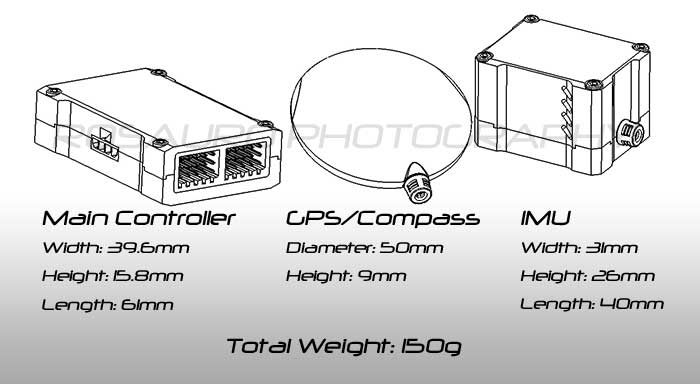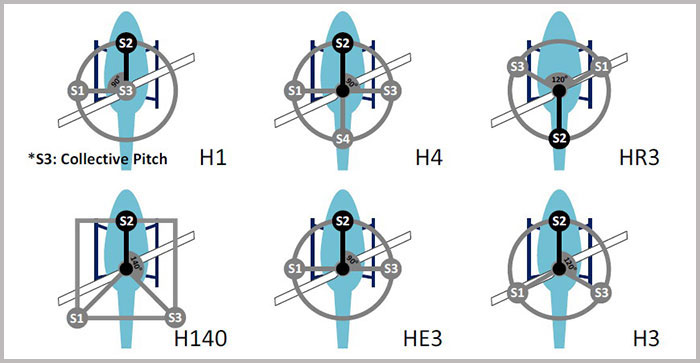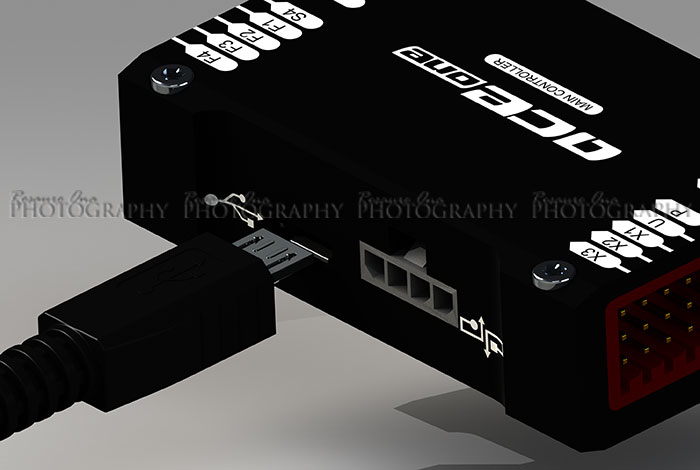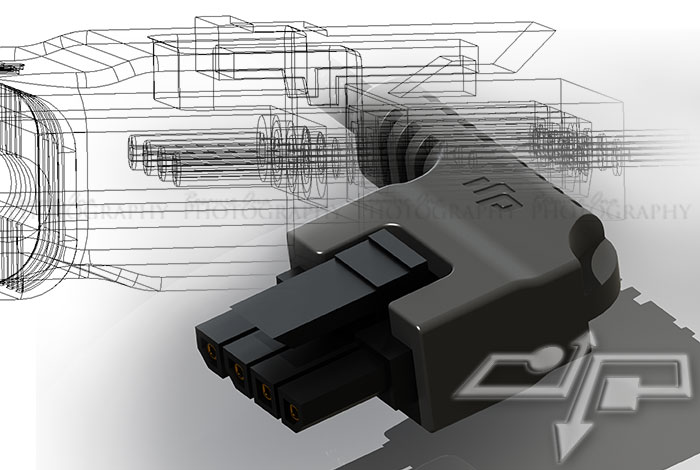|
|
|
|
|
|
|
Size and
Weight |
 |
|
Compared with DJI's
XP3.1, ACE ONE's components are much smaller which makes
finding location to install each component much easier. |
|
|
|
|
|
|
Semi Auto Take-off
and Landing |
|
This optional feature allows
ease of take off and landing by increasing /
decreasing collective.
|
|
|
|
Enhanced
Failsafe |
|
In a failsafe
situation ACE ONE gives you two options.
1 - Automatic Hover
2 - Automatic Return
To Home
|
|
|
|
Precise
Hovering |
|
ACE
ONE can hold a solid hover, within ±1 meter horizontal
and ±0.5 vertically. DJI
modestly specifies the holding range to a 28km wind.
|
|
|
|
Control
Modes |
|
Manual - Allows for
regular flying.
GPS / Attitude - Combines GPS and IMU stabilized flights.
Attitude - Flying
in areas with low or no GPS signal.
GPS Cruise - Minimum
and maximum
flight speed can be specified between 3.6Kph (2.2Mph) to 72Kph (44.7mph).
|
|
|
|
Built In
Features |
|
Tail Gyro
Engine Governor
Flybarless support
Gimbal Stabilization
(Tilt and roll only)
|
|
|
|
Remote Gain
Adjustment |
|
Remote adjustments of flybarless or AUTO Pilot gains with transmitter.
Makes setting up a effortless.
|
|
|
|
Swash |
|
 |
|
From the
manual
|
Various options for
swash configurations.
NOTE: Set
your transmitter to single-servo CCPM.
|
|
|
|
Micro USB
Port |
|
 |
|
|
This micro USB port
has multiple functions.
1 - The Main
Controller's firmware can be updated by downloading through the ACE Assistant
software.
2 - System
configuration.
3 - Downloading
recorded
flight logs for analysis. Previously with XP3.1 an SD card is
required.
Drivers are available
at
DJI's web site.
|
|
|
|
CAN-Bus
Connection |
|
 |
|
|
CAN-Bus is used to
connect the GPS/Compass, IMU and Main controller
together. It serves as both communication and
power line to each module.
Just push and it will
automatically lock itself into the CAN-Bus port.
To unplug press and hold on the lever and pull.
|
|
|